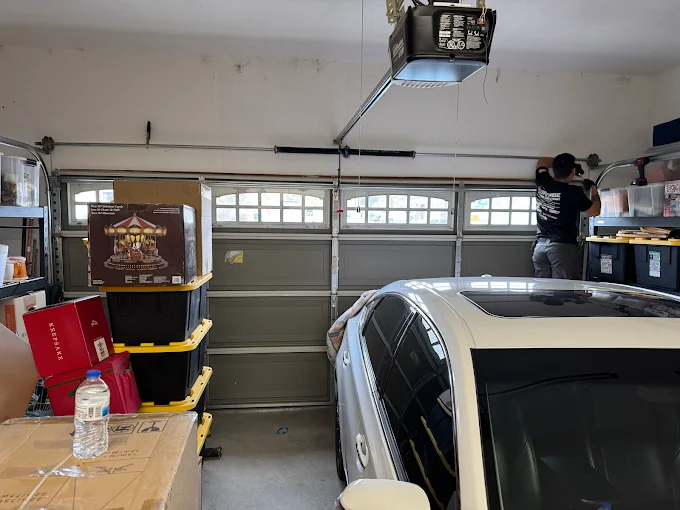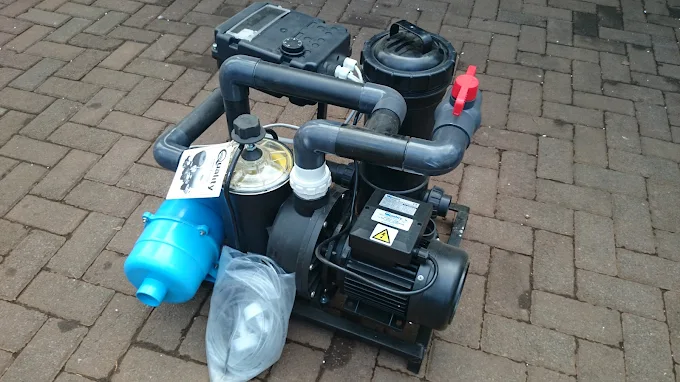
The construction industry is full of energy, hard work, and sometimes, unexpected risks. Every day, workers operate heavy machinery, scale tall scaffolds, handle hazardous materials, and more. With so much going on, how do we know if a construction project is truly safe?
That’s where health and safety indicators come in.
These are like warning lights on a dashboard—early signs that something might be wrong or going right. Understanding and applying these indicators not only helps prevent accidents but also keeps your entire project running smoothly from start to finish.
Why Safety Indicators Matter in Construction
Let’s face it: construction sites are naturally hazardous. From falling tools to chemical exposure, the risks are real. A single safety failure can result in injuries, delays, legal trouble, or worse—loss of life.
Implementing strong health and safety indicators is like installing a safety net. They help you catch problems before they cause real damage. Plus, these indicators build trust among your workers, clients, and stakeholders.
One of the most trusted qualifications to ensure proper safety is the NEBOSH Course, which offers comprehensive training on workplace hazards and risk management. Understanding the cost behind it, such as the NEBOSH Course Fee, is also essential for companies looking to train their workforce effectively and affordably.
Now, let’s explore the 10 key health and safety indicators that contribute to construction project success.
1. Number of Reported Incidents
This is one of the most basic yet important indicators. Keeping track of injuries, near-misses, or unsafe situations gives you real insight into your project’s current safety climate.
🔹 Tip: Encourage workers to report incidents without fear of punishment. An open culture leads to better data and safer environments.
Anecdote: On a project in Karachi, a minor slip near a stairwell led to a new non-slip flooring policy. That small report made a big difference.
2. Lost Time Injury Frequency Rate (LTIFR)
This measures how many injuries resulted in workers taking time off. A lower LTIFR means fewer serious incidents.
How to calculate:
LTIFR = (Number of Lost Time Injuries × 1,000,000) ÷ Total Hours Worked
Use this to track trends over time and compare performance with industry standards.
3. Safety Training Completion Rate
If workers aren’t trained, they’re at risk. Tracking how many employees completed safety training—like the NEBOSH Online Course in Pakistan—can show you where improvements are needed.
Step-by-step approach:
- List out mandatory training courses.
- Track who has completed what.
- Send automated reminders for upcoming or missed training.
4. Equipment Inspection Records
Faulty equipment is a ticking time bomb. Regular inspection records help ensure machinery, scaffolds, and tools are safe to use.
💡 Good practice: Assign weekly inspections with a checklist. Digitize reports for easy access and review.
5. Hazard Identification and Reporting
How quickly are hazards identified and addressed? This indicator highlights your proactive approach.
Encourage workers to identify things like:
- Loose wires
- Slippery surfaces
- Broken PPE (Personal Protective Equipment)
Reward hazard reporting to boost participation.
Anecdote: A safety officer once noticed a weak ladder rung before anyone used it. His quick reporting prevented a potential fall.
6. Personal Protective Equipment (PPE) Compliance
PPE saves lives—if used properly. Track how many workers wear helmets, gloves, vests, and other gear daily.
🔍 Conduct spot checks and involve supervisors in enforcement. Make it a part of the daily site checklist.
7. Safety Audit Scores
Regular audits ensure you’re sticking to your safety plans. These can be internal or done by third parties.
Indicators include:
- Site cleanliness
- Fire extinguisher availability
- Worker behavior
- Signage and warnings
Audit scores show how prepared your team is for emergencies or surprise inspections.
8. Toolbox Talk Participation
These quick daily safety meetings are essential for awareness. Tracking attendance and engagement helps ensure everyone is informed before starting work.
How to improve participation:
- Keep talks short and relevant.
- Involve workers in discussion.
- Share real examples from recent site events.
Anecdote: After a toolbox talk about electrical safety, a worker spotted a live wire and avoided a major accident.
9. Health Checks and Wellness Indicators
Construction workers face physical and mental strain. Regular health check-ups and wellness programs reduce long-term risks.
Include:
- Blood pressure checks
- Fatigue management
- Stress reduction tips
A healthy team is a productive team.
10. Safety Leadership Involvement
Leaders set the tone. If supervisors and managers prioritize safety, workers will follow.
Track metrics such as:
- Manager participation in safety walks
- Time spent discussing safety in meetings
- Response time to safety concerns
Strong leadership makes safety a shared responsibility.
Connecting the Dots: Using Indicators Effectively
Now that you know what to track, the next step is putting it all together.
Here’s a simple guide to get started:
- Choose 3–5 key indicators relevant to your current project phase.
- Set baseline targets.
- Collect data weekly.
- Review trends monthly.
- Adjust strategies based on results.
Start small, and grow your safety program step by step.
Making the Case: Why It All Matters
When you manage health and safety indicators effectively, everyone benefits. Projects finish faster, costs go down, and workers stay safe.
And let’s not forget—many clients now require safety data as part of project tenders. If you’re well-prepared, you’ll stand out from the competition.
Training your team is a big part of this success. Many companies choose the NEBOSH Online Course in Pakistan to upskill their safety officers. Though the NEBOSH Course Fee might seem high at first, the return on investment in reduced accidents, smoother operations, and legal compliance is well worth it.
Final Thoughts: Building a Safer Future
Health and safety in construction isn’t just about hard hats and warning signs—it’s about building a culture. A culture where workers look out for each other, where leadership supports proactive measures, and where data drives smarter decisions.
Start using these 10 indicators today. Monitor them, improve them, and celebrate your wins. Whether you’re managing a skyscraper or a housing development, safety is your foundation.
And remember: Every safety improvement you make today could save a life tomorrow.





